When I first looked into training tools for my dog, I often heard about Spray Collars and Shock Collars, but I was confused about their differences. Both seem to correct unwanted behaviors, but they work very differently.
A Spray Collar uses a burst of citronella or unscented spray to interrupt behaviors like excessive barking, redirecting attention without causing pain. A Shock Collar delivers a mild electric correction to stop behaviors immediately.
In this article, I’ll give a clear comparison of Spray Collar vs Shock Collar, sharing how each worked for me, their benefits, design, performance, ease of use, safety, and controversies. Using these tools responsibly made training smoother, less stressful, and more effective for my dog.
Specifications Table
| Feature | Spray Collar | Shock Collar |
| Correction Type | Burst of citronella/air | Electric shock |
| Training Focus | Gentle redirection | Immediate correction |
| Comfort Level | High – non-invasive | Moderate – can cause stress if overused |
| Best Use | Bark control, mild corrections | Stopping urgent or dangerous behaviors |
| Adjustability | Limited spray settings | Multiple intensity levels |
| Design | Sleek, lightweight | Basic, durable |
| Power | Refillable spray canister | Rechargeable battery |
| Dog Suitability | Small to medium dogs | Small to large dogs |
What is a Spray Collar?
A spray collar is a dog training tool that releases a quick burst of citronella or unscented spray near the dog’s nose when they bark or misbehave. The idea is to startle the dog with the harmless spray, discouraging unwanted behavior without causing pain. Many dog owners prefer this method because it feels more humane and less intimidating.
How Spray Collars Work
Spray collars have a built-in sensor that detects barking or remote activation from the owner. When triggered, the collar releases a spray that distracts the dog. Most dogs dislike the sensation and smell, which helps them associate barking or certain behaviors with the unpleasant spray.
When to Use a Spray Collar
Spray collars work best for mild to moderate behavioral issues, especially for barking control in smaller or more sensitive dogs. They are also good for owners who want a training method that avoids physical correction.
What is a Shock Collar?
A shock collar, sometimes called an e-collar or training collar, delivers a mild electric stimulation through the contact points on the dog’s neck. It can be used for various training purposes, including bark control, obedience training, and off-leash behavior correction.
How Shock Collars Work
Shock collars are typically operated with a remote control. When the dog misbehaves, the owner presses a button to send a small electric stimulation. Modern shock collars often have adjustable intensity levels, vibration, or sound modes to offer alternative corrections.
Situations Where Shock Collars Are Used
Shock collars are often used for training working dogs, correcting aggressive behavior, or teaching off-leash commands. Some owners use them for stubborn dogs that do not respond to other training methods.
The Benefits of Spray Collar vs Shock Collar Training
From my experience, both collars can be effective, but they shine in different ways. The Spray Collar is gentle, safe, and highly effective for dogs who are sensitive or easily startled. I noticed that my dog responded quickly to the spray; it grabbed his attention without causing him stress. What I liked most is that it provided a way to correct behavior positively, as the collar doesn’t rely on pain but rather on distraction.
When comparing Dog Collar Vibration vs Shock, I found that spray and vibration options tend to be less intimidating for sensitive dogs, offering a safer and more humane alternative to harsh corrections.
Shock Collar: Best for urgent situations needing instant correction.
Example: Stopped my dog from chasing cars or running toward the road immediately.
Efficiency: Works quickly but must be used carefully to prevent fear or anxiety.
Spray Collar: Ideal for everyday training and barking control.
Comparison Insight: Matching the training tool to the dog’s personality is crucial.
Conclusion: Spray for mild behaviors; shock for dangerous or persistent issues.
Key Differences Between Modern Spray Collar and Old-School Shock Collars
| Feature | Spray Collar | Shock Collar |
| Correction Method | Citronella or air burst | Electric stimulation |
| Comfort for Dog | Very comfortable | Can be stressful if misused |
| Best Use Case | Bark control, gentle redirection | Aggressive or dangerous behavior |
| Ease of Use | Simple refill system | Requires adjustment of shock levels |
| Training Style | Distraction-based | Correction-focused |
| Safety | High – non-invasive | Moderate – depends on usage |
| Dog Type | Sensitive, small/medium dogs | Strong-willed or larger dogs |
From my personal use, I realized that spray collars fit better for daily training while shock collars require extra responsibility and caution.
Design
When comparing the design of Spray Collar vs Shock Collar, the differences become clear. The Spray Collar feels modern and lightweight. It usually has a small refillable canister for citronella or unscented spray. Some even have sleek padding around the collar for comfort. I found my dog didn’t mind wearing it at all.
In contrast, the Shock Collar design is more traditional. It’s often bulkier, with metal prongs that make contact with the dog’s skin to deliver the correction. Some models come with adjustable remotes, which I found helpful for controlling intensity levels. However, it doesn’t offer the same comfort as the spray option.
In my case, the Spray Collar was easier for daily wear, while I only used the Shock Collar during specific training sessions.
Functionality and Performance
| Feature | Spray Collar | Shock Collar |
| Primary Function | Interrupt unwanted behavior | Stop unwanted behavior immediately |
| Response Type | Redirection | Direct correction |
| Training Efficiency | High for barking and mild issues | High for urgent corrections |
| Adjustable Levels | Limited spray intensity | Multiple shock levels |
| Dog Comfort | Gentle, stress-free | Can be uncomfortable |
| Ease of Control | Simple, automatic | Remote-controlled |
| Best For | Barking, mild disobedience | Aggressive or dangerous behavior |
Ease of Use and Setup
I found the Spray Collar extremely easy to use. All I had to do was refill the spray canister and fit the collar on my dog. It activated automatically whenever my dog barked, which saved me effort and consistency in training.
The Shock Collar required more setup. I had to pair it with the remote, adjust the intensity, and make sure the prongs were positioned properly. While it offered more control, it took longer to set up compared to the spray version.
For beginners or casual training, the spray option feels more convenient. The shock option is better suited for experienced trainers or urgent correction needs.
Durability
Safety was my biggest concern when trying both collars. The Spray Collar is very safe because it doesn’t cause pain it simply distracts with a harmless burst of spray. It’s also durable, though you need to refill it often if your dog barks a lot.
The Shock Collar is durable as well, often with rechargeable batteries and sturdy designs. However, its safety depends entirely on how you use it. Misusing higher levels or overusing it can cause anxiety in dogs. I always started with the lowest setting and kept sessions short.
Safety Tips for Using Training Collars
- Always start with the lowest intensity setting
- Monitor your dog’s reaction carefully
- Avoid prolonged or unnecessary use
- Combine with positive reinforcement training
Pros and Cons
Pros of Spray Collar:
- Gentle and stress-free.
- Easy to use and set up.
- Great for bark control.
- Comfortable for dogs.
- Encourages positive reinforcement.
Cons of Spray Collar:
- Needs frequent refills.
- Less effective for stubborn dogs.
Pros of Shock Collar:
- Immediate behavior correction.
- Adjustable intensity levels.
- Effective for dangerous behaviors.
- Durable and long-lasting.
- Works with remote for precise training.
Cons of Shock Collar:
- Can cause stress if misused.
- Less comfortable for long wear.
The Controversy of “Spray Collar vs Shock Collar”
The debate around Spray Collar vs Shock Collar is strong. Some argue that shock collars are cruel, while others claim they are effective when used correctly. Spray collars are usually seen as more humane, but critics say they may not work on stubborn dogs.
From my personal use, I believe both can be safe and effective if handled responsibly. The key is to know your dog’s temperament. Experts recommend starting with the gentlest option, like the spray collar, before considering a shock collar. Responsible training, combined with positive reinforcement, is what really makes the difference.
Who Should Use Each
| Dog Type | Spray Collar | Shock Collar |
| Small dogs | ✅ | ⚪ |
| Sensitive dogs | ✅ | ⚪ |
| Stubborn dogs | ⚪ | ✅ |
| Dogs with barking issues | ✅ | ⚪ |
| Dogs needing urgent correction | ⚪ | ✅ |
FAQs
Is a spray collar safe for dogs?
Yes, spray collars are safe because they use citronella or air to distract your dog instead of causing pain. I used one for months, and my dog never showed signs of stress.
Can a shock collar hurt my dog?
When used at high intensity or too often, it can. But at the lowest settings, it’s designed to give a quick correction rather than pain. I always recommend caution.
How often do I need to refill a spray collar?
It depends on how much your dog barks. For me, a single refill lasted about a week with moderate barking.
Which collar is better for beginners?
A spray collar is easier for beginners because it’s simple, safe, and automatic. The shock collar requires more knowledge and responsibility.
Can I use both collars together?
Yes, but not at the same time. I used the spray collar for daily barking issues and the shock collar only for urgent corrections.
Final Thought: Making the Best Choice for Your Pet
After using both collars, I learned that understanding the differences between Spray Collar vs Shock Collar is essential. The Spray Collar is gentle, stress-free, and great for barking and everyday training. The Shock Collar is powerful, effective, and better for urgent or dangerous behaviors, but it requires careful use.
I personally recommend starting with a Spray Collar if you want a safe and positive training experience. If your dog is more stubborn or faces risky behaviors, the Shock Collar can be effective when used responsibly.
In the end, the choice between Spray Collar vs Shock Collar depends on your dog’s personality, your training goals, and your willingness to use the tools safely. With patience and positive reinforcement, you can help your dog learn effectively and build a stronger bond in the process.

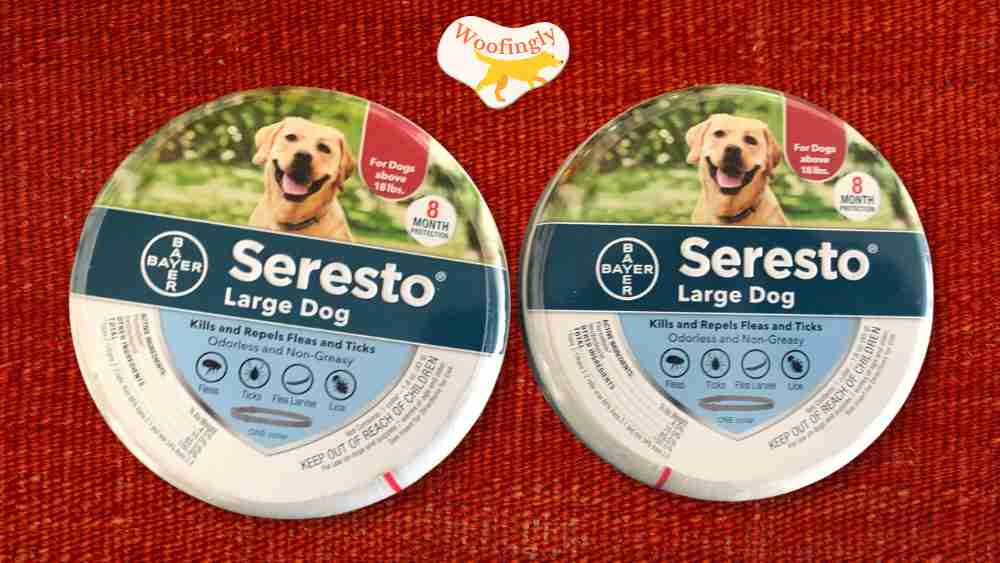
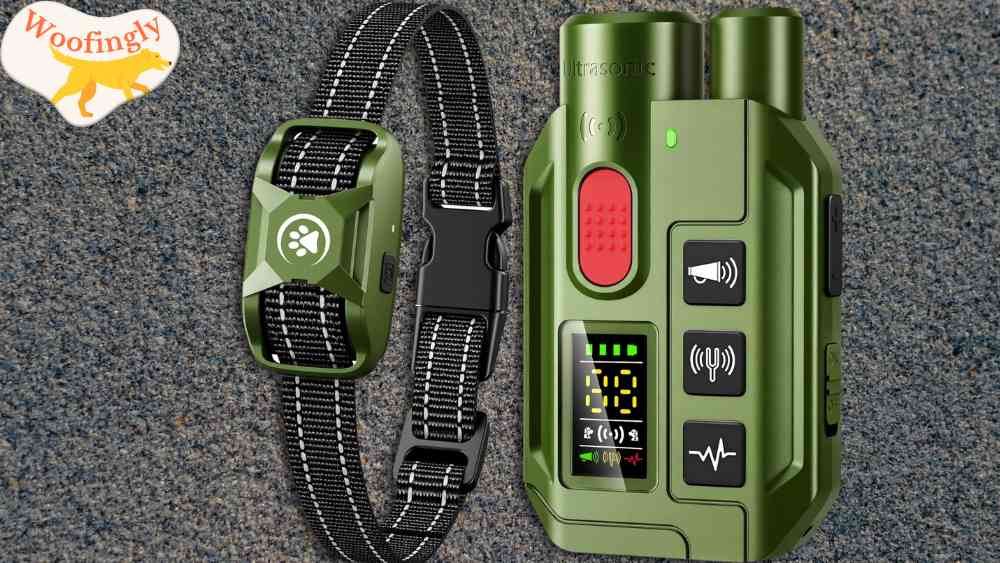
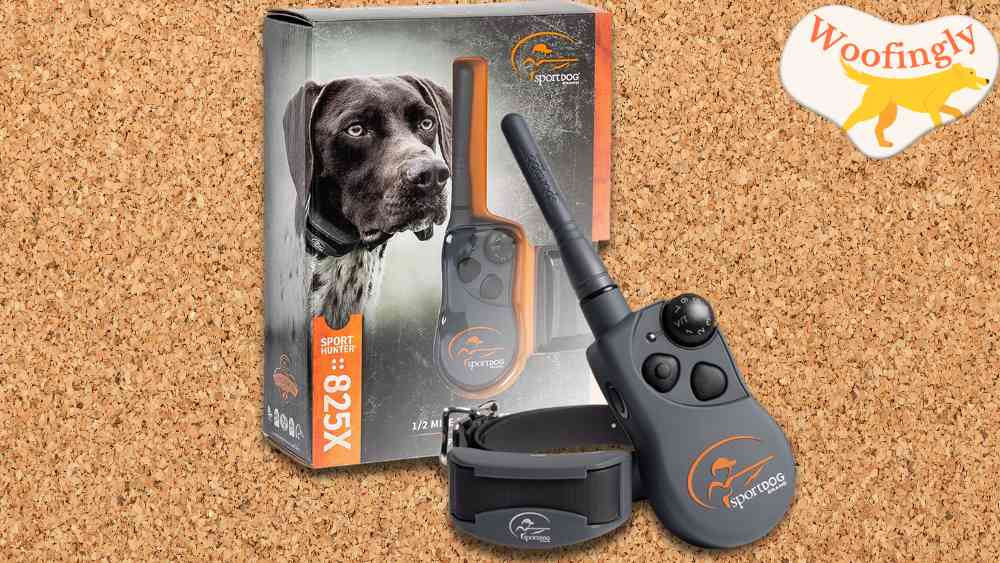

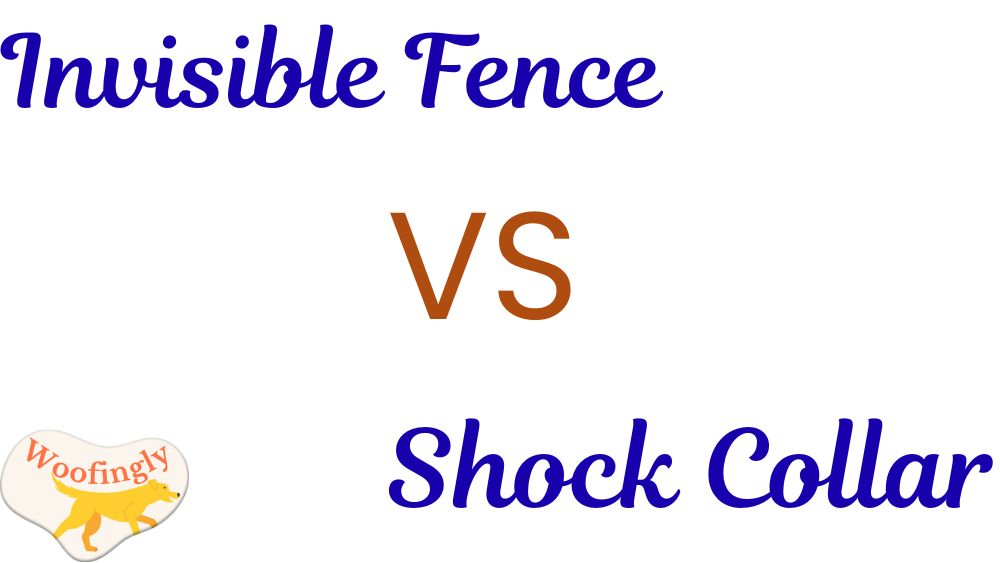
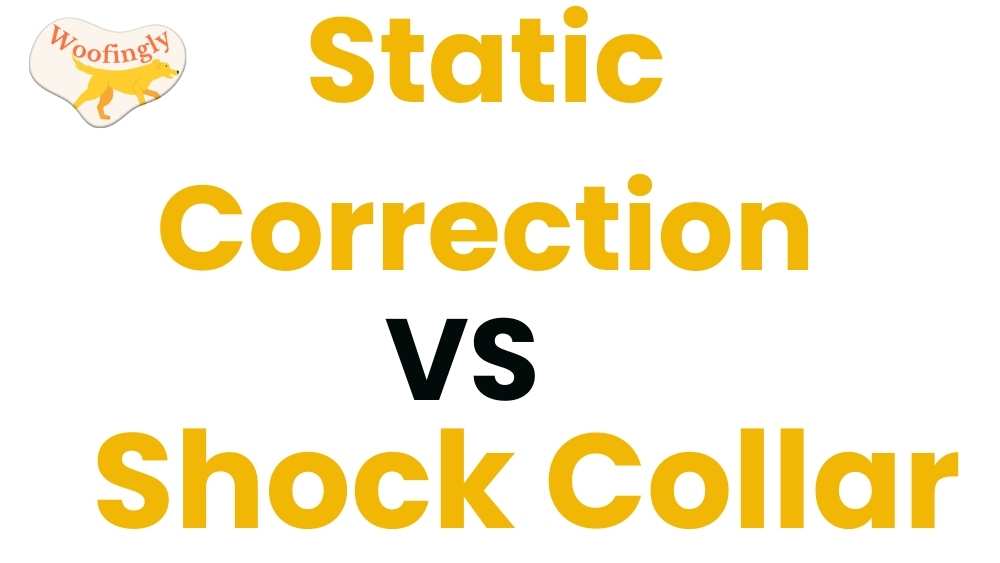
Leave a Reply